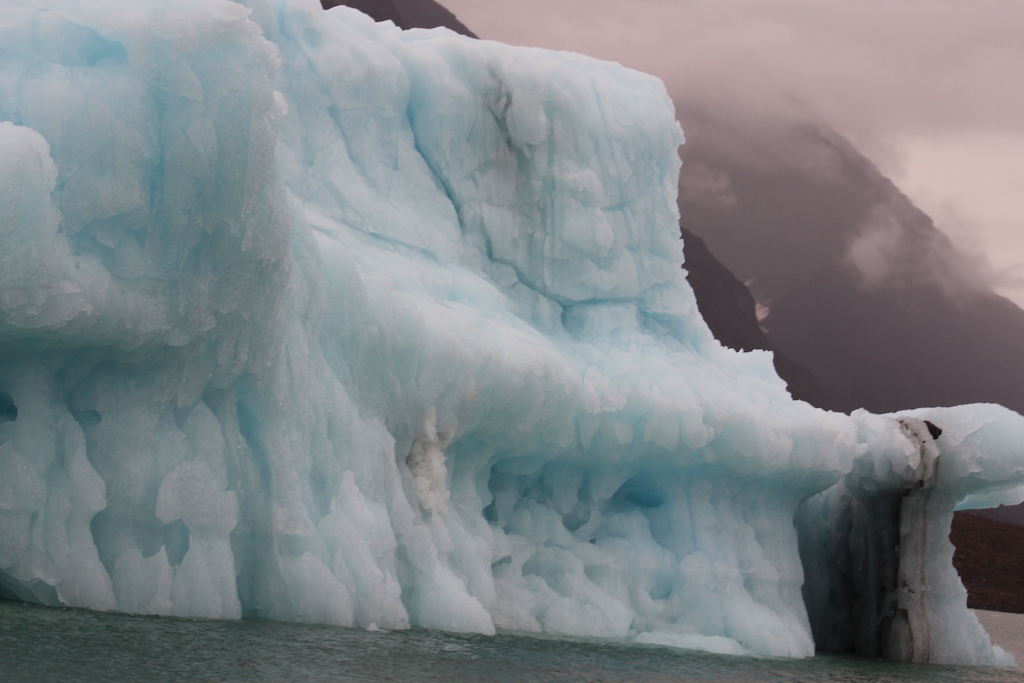The birds and icebergs of Greenland

A spectacular zodiac cruise with a renowned Onothologist in a Greenland Fjord
By Eileen Ogintz
“Honey I’m Home!” Then the squawking starts. You wonder if it is because he is late, because she forgot the fish, or because there are too many strangers in the neighborhood.
We are the strangers in the neighborhood—riding in zodiacs around large and small icebergs in Vikingebugt, the largest of a series of small inlets in the outer portion of the Scoresby Sound fjord system in East Greenland. We are in the second week of our Abercrombie & Kent Arctic Cruise Adventure: “In Search of the Polar Bear.”
[Photos by Andy Yemma]

It’s raining intermittently but we are cozy in the rubber boots, pants, and parkas that A&K has provided. Our camera gear is stored in waterproof backpacks (we can keep the backpacks and parkas).

The squawking is coming from the Black-legged Kittiwakes who are nesting on this tiny island in the fjord. We are fortunate we are accompanied by Ornithologist Dr. Pepper Trail, who served for more than 20 years as the forensic ornithologist for the US Fish and Wildlife Service. He explains that these sea birds, known for their graceful flight who do flips in the wind, nest in large very noisy colonies on sheer cliffs as we have seen. They mate monogamously with the male feeding the female at their next site. Once the eggs are laid, the parents take turns incubating them.
We also see hundreds of Arctic Terns nesting on shore. They famous for their commute of over 44,000 miles from the Arctic to Antarctica every year, the longest migrations in the animal kingdom. They typically mate for life, Dr. Trail tells us, in most cases returning to the same colony every year. They court by the female chasing the male to a high altitude and then descending. The male will offer the female fish, with the birds on land flying and circling each other. Eventually, both agree on a site for the nest, like we see on from our zodiac amid the floating icebergs. While we don’t build our nests on icy beaches, it sounds a bit like humans courting and settling down!

As we’re driving around, we marvel at the different shapes of the icebergs, and the basalt cliffs some 60 million years old. The basalt formed these magnificent shapes as it cooled and contracted, formed into amazing shapes—straight like pencils, half circles, hexagons. The icebergs, meanwhile, have drifted from a nearby glacier into Scoresby Sound. “Each one is different, each side is different,” observes our zodiac driver Peter Clement, our naturalist who has been traveling to Antarctica and the Arctic for more than 30 years.

The passengers are an eclectic mix of adventurers who also want their creature comforts. Jeremy Daniel is traveling with two friends from Dallas. He explained his wife is prone to seasickness and had no interest in a trip to a cold climate. “Much easier than traveling with the family,” said Daniel. “We have a routine and just do our own thing.”

